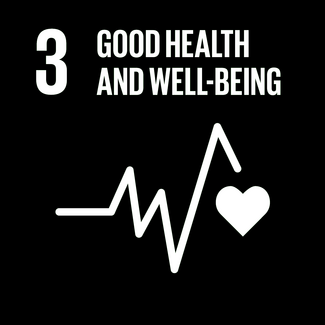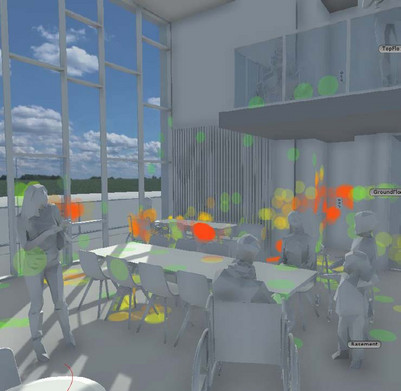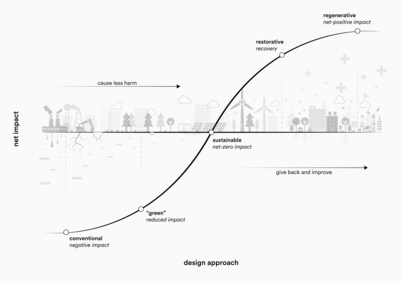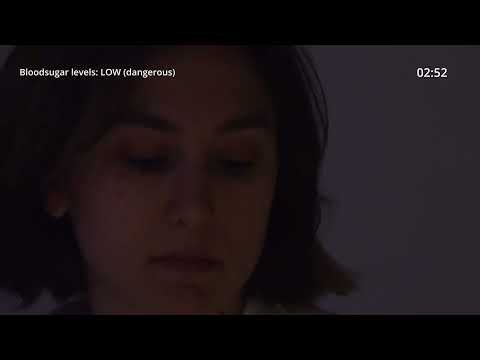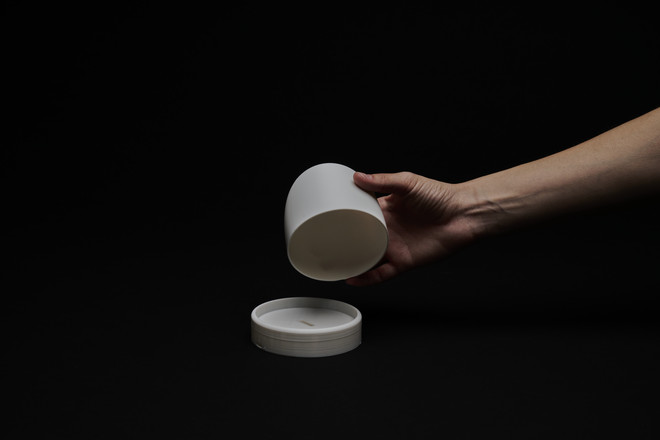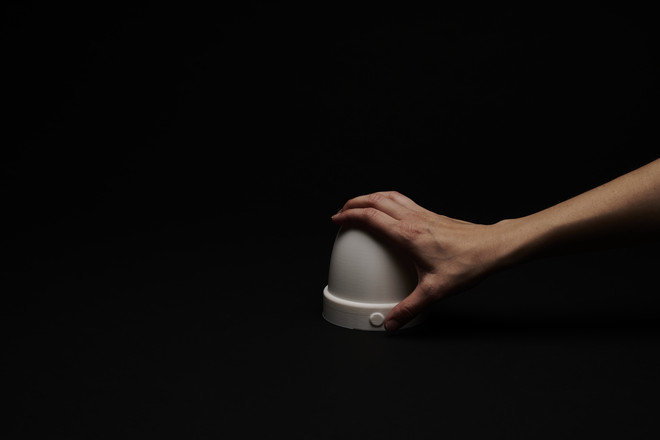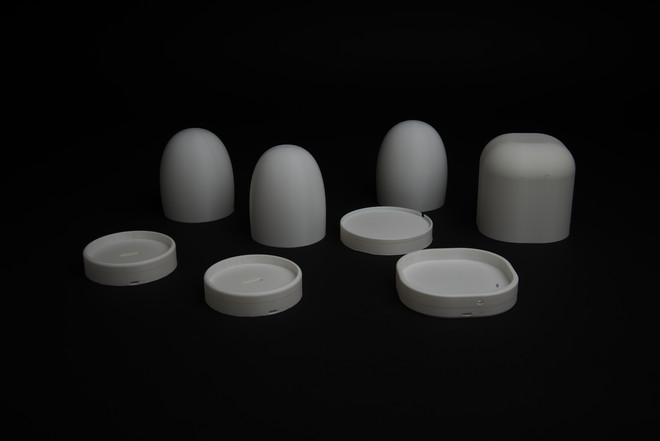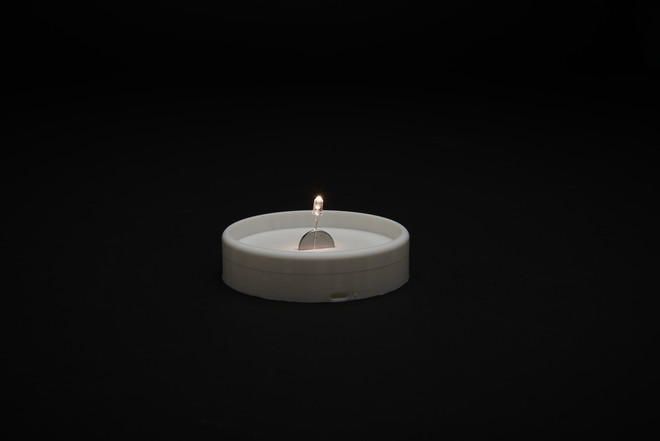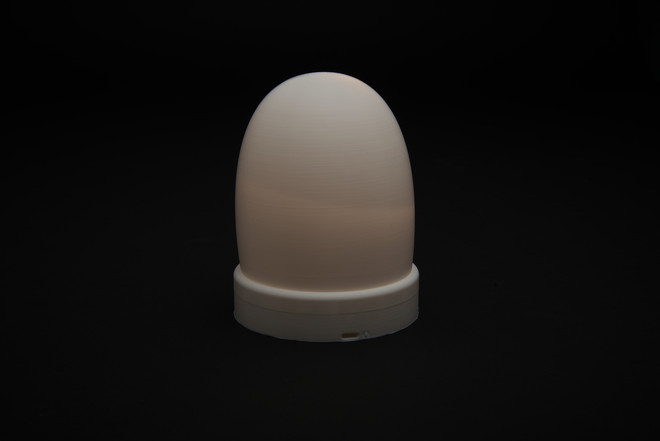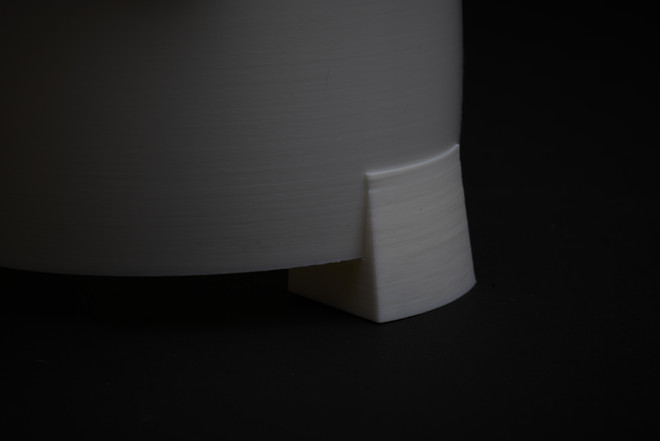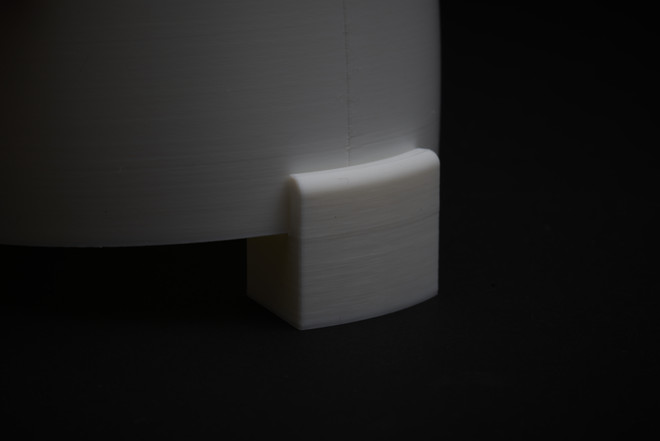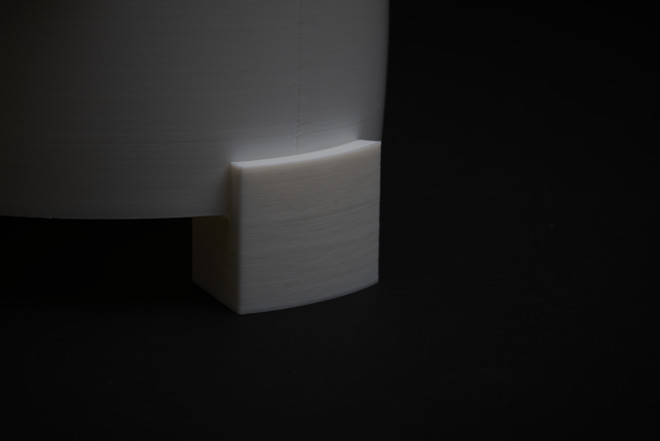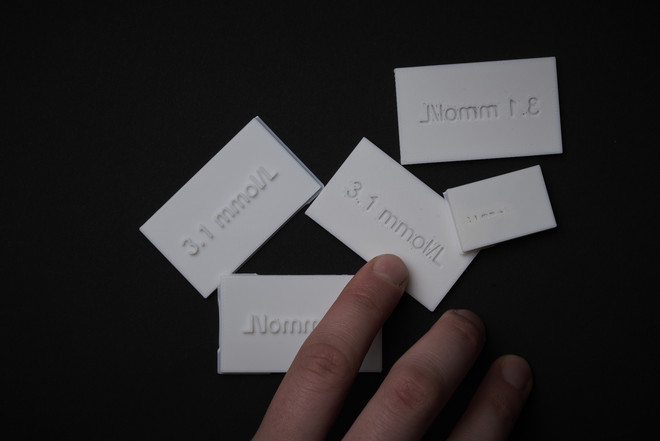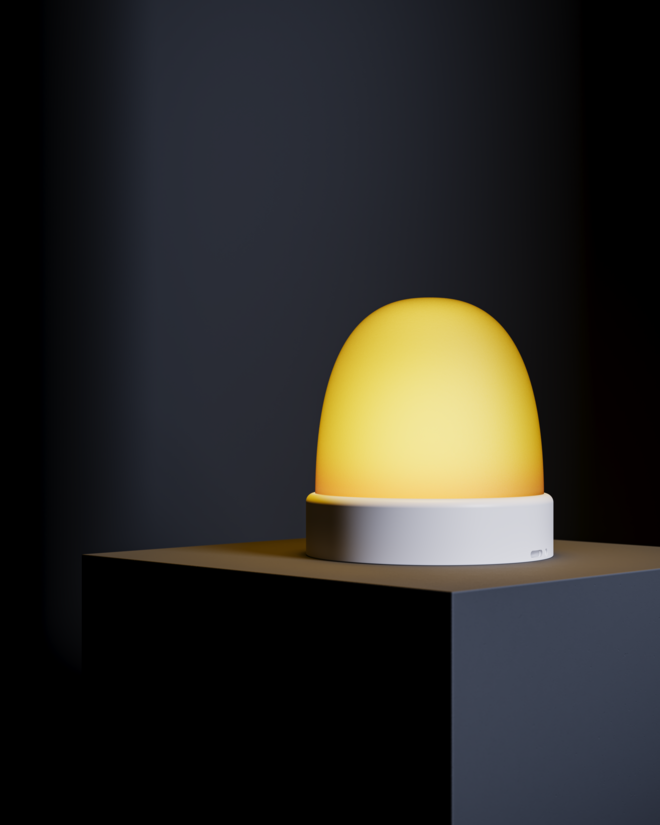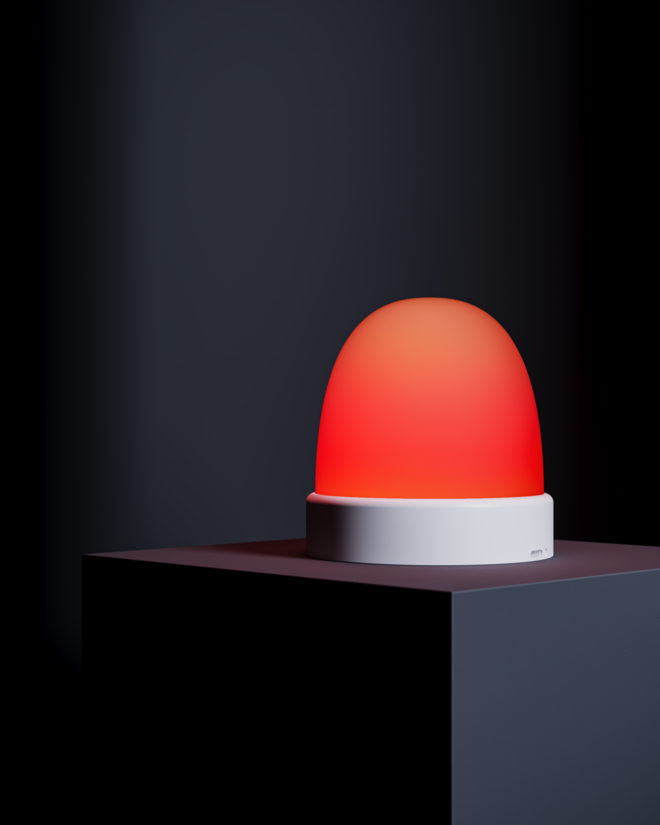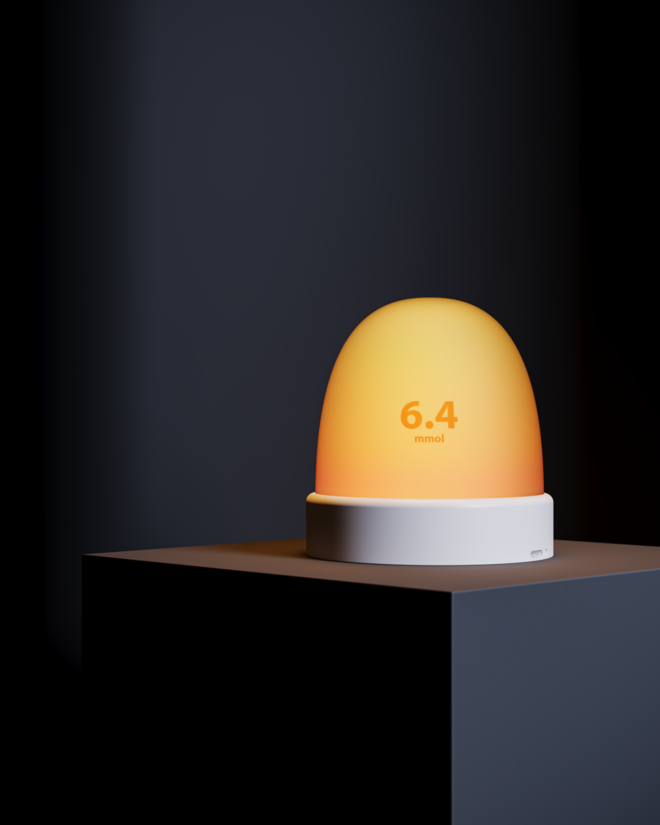

The Bright Side of Night
The Bright Side of Night: Light as a Tool for Type 1 Diabetes Management
Focusing on people with Type 1 Diabetes 17-25 years in Denmark, our project collects interviews about living with a chronic condition. We found that nighttime is difficult. Deviant blood sugar levels will cause alarms & actions that disrupt sleep. The result is a smart light. Connecting to the Continuous Glucose Monitor, it acts as a support system displaying simplified glucose level data.
Our motivation stems from the belief that innovative healthcare design is crucial for enhancing the quality of life for individuals with chronic conditions such as type 1 diabetes. With a focus on user-centered design, we aimed to create a design proposal that makes the everyday management of the condition less stressful for those affected. Our approach to the design proposal is based on the understanding that everyone has unique needs and preferences regarding their condition, resulting from our strategy to prioritize the user in the project. Drawing on our industrial and spatial design expertise, we have developed a proposal aimed at helping individuals achieve better long-term glucose levels and a more holistic approach.
How can design positively impact the night-time experience for people with T1D? Can light be a means of communication and support in reoccurring nightly difficulties for people with T1D?
We interviewed five people with Type 1 Diabetes aged 19-27. They generously shared their experiences living with diabetes. Each interview shed light and showcased how each one treated their condition. However, we discovered that nighttime is challenging. Our interviewees wake up from low or high glucose levels and struggle to fall back asleep.
A night with Type 1 Diabetes
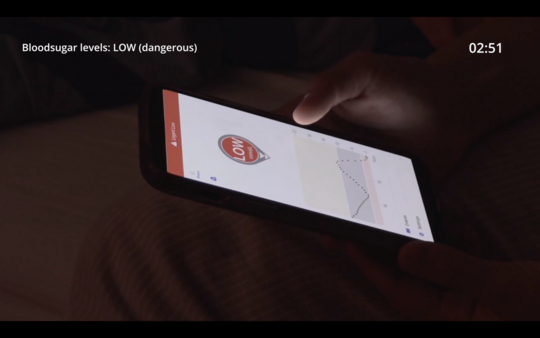
Strategy of our design proposal
Our design proposal is to integrate into the daily lives of our target group, providing seamless interaction with existing devices such as the CGM. Rather than relying on a smartphone only, we focus on a nightlight. The nightlight’s functionality, displaying only the glucose levels, makes it easy to navigate, especially in vulnerable situations.
We focus on improving sleep and stress management, which is crucial for managing the short-term and long-term health effects of living with a chronic condition. One direct consequence of fluctuating glucose levels, mentioned in the 42 factors affecting glucose levels, is poor sleep and stress. If our product can positively influence glucose levels, it could help people with type 1 diabetes adhere to necessary lifestyle restrictions in the long term.
By improving sleep and stress management, our holistic healthcare design promotes overall well-being and supports long-term adherence to the many limits faced by individuals with Type 1 Diabetes (T1D).

Det Kongelige Akademi understøtter FN’s verdensmål
Siden 2017 har Det Kongelige Akademi arbejdet med FN’s verdensmål. Det afspejler sig i forskning, undervisning og afgangsprojekter. Dette projekt har forholdt sig til følgende FN-mål